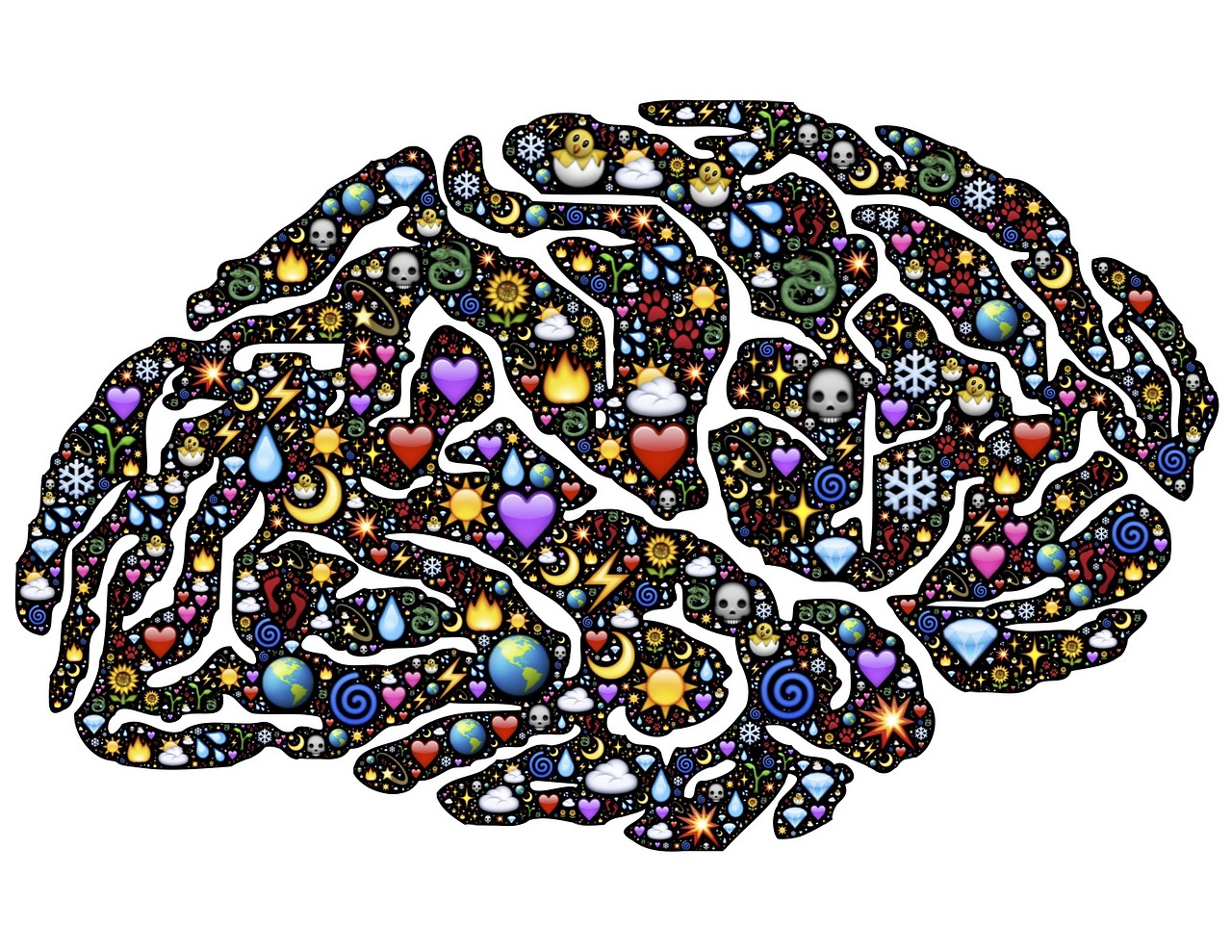Exploring the Art of Translating Humor into English
Humor is a universal language that transcends cultural boundaries, but translating it effectively can be a daunting task. In this article, we'll delve into the intricacies of translating humor into English, exploring various techniques and challenges involved.
Understanding Cultural Context
Humor is deeply rooted in cultural nuances and references. To translate humor effectively, it's crucial to understand the cultural context of both the source and target languages. What may be hilarious in one culture might fall flat or even offend in another. Translators need to be sensitive to cultural differences and adapt the humor accordingly.
Wordplay and Puns

Wordplay and puns are common elements of humor in many languages, including English. However, translating them poses unique challenges as they often rely on specific linguistic structures or phonetic similarities that may not exist in the target language. Translators must get creative, sometimes sacrificing literal meaning for the sake of preserving the joke's essence.
Contextual Adaptation
Translating humor requires more than just linguistic proficiency; it demands an understanding of the broader context surrounding the joke. This includes the cultural background, social norms, and even current events relevant to the joke. A successful translation not only conveys the punchline but also captures the underlying humor within its new cultural framework.
Cultural Equivalents
In some cases, direct translation may not be feasible due to cultural disparities. Instead, translators may opt for cultural equivalents—jokes or expressions that convey a similar sentiment but are tailored to the target culture. This approach ensures that the humor resonates with the intended audience without losing its essence.
Timing and Delivery
Humor often relies on timing and delivery to maximize its impact. Translators must consider how the joke will land in the target language, taking into account differences in pacing, rhythm, and comedic conventions. What works in one language may require subtle adjustments to elicit the same laughter in Englishspeaking audiences.
Maintaining Authenticity
While adaptation is essential for successful humor translation, it's equally important to preserve the authenticity of the original joke. Translators must strike a delicate balance between fidelity to the source material and accessibility to the target audience. The goal is to capture the essence of the humor while ensuring it feels natural and authentic in English.
Conclusion
Translating humor into English is as much an art as it is a science. It requires a deep understanding of both languages and cultures, along with a keen sense of creativity and adaptability. By mastering the techniques discussed above and approaching each joke with care and consideration, translators can successfully bridge the gap between cultures and bring laughter to new audiences around the world.












评论